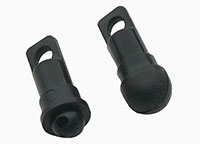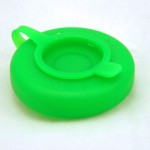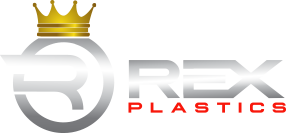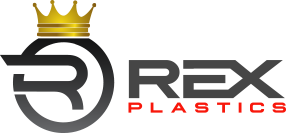- BY Rex Plastics
- POSTED IN Plastic Injection Molding
- WITH 3 COMMENTS
- PERMALINK
- STANDARD POST TYPE
Plastic Injection Molding Costs
 One of the most difficult obstacles preventing product developers from having their product injection molded is the initial tooling investment. At first glance, many product developers form the conclusion plastic injection molding is too expensive. These folks are placing more importance on short term needs, most likely during a prototyping phase, when true return on investment is realized once a new product has been brought to market and begins to gain momentum.
One of the most difficult obstacles preventing product developers from having their product injection molded is the initial tooling investment. At first glance, many product developers form the conclusion plastic injection molding is too expensive. These folks are placing more importance on short term needs, most likely during a prototyping phase, when true return on investment is realized once a new product has been brought to market and begins to gain momentum.
Plastic Fabrication Explained
Plastic fabrication is a general term for manually producing plastic products. Plastic fabrication may include the machining, saw cutting, laser cutting, forming and fastening of plastic parts. It is a versatile and effective way to prototype and market test a new product with very little initial investment, but it does not scale well in higher volume scenarios.
Limitations of Plastic Fabrication
The limitations of plastic fabrication come into play when a product actually gains market traction, terrible timing as this should be the goal for any new product. When this happens, the part manufacturer will experience difficulty meeting demand due to the labor intensive nature of fabrication. With so much part-by-part labor involved, capacity to output parts remains low. It’s at that point that people often begin to investigate plastic injection molding.
Transitioning to Plastic Injection Molding
At Rex Plastics, we are proud to have helped many product developers save money by switching their product from plastic manufacturing to plastic injection molding. Our customers are consistently able to achieve a return on their tooling investment – if their sales volume is there to support it. Consider the following scenario:
If a product is fabricated for $2 each, and has a sales volume of 500 units per month, the annual cost of production would be $12,000. If a single cavity plastic injection mold (one that produces one part each machine cycle) can be built to produce that same product for $5,000, and be produced for $.70 each, that product owner can recoup their tooling costs in less than eight months ($5,000/$1.30 savings on each part, which is just short of 4,000 parts).
At that point, the product owner’s margin increases by $1.30 per part, allowing for higher profits or the option of lowering prices to gain market share.
Contact Rex Plastics Today
 If you feel you may be a candidate to convert your product manufacturing practice to plastic injection molding, please give us a call, or submit this form. Rex Plastics has engineers on staff to help you determine your best path forward.
If you feel you may be a candidate to convert your product manufacturing practice to plastic injection molding, please give us a call, or submit this form. Rex Plastics has engineers on staff to help you determine your best path forward.



It’s interesting that you mentioned plastic injection molding being a way to keep products in demand. I have been thinking about working in manufacturing when I’m older. It would be smart to learn more about injection molding because it seems applicable to many different production areas.
Thank you for your sharing. I am worried that I lack creative ideas. It is your article that makes me full of hope. Thank you. But, I have a question, can you help me? https://accounts.binance.com/sl/register?ref=WTOZ531Y
The blog “Plastic Injection Molding vs. Alternative Fabrication” provides a thorough analysis of various manufacturing methods, effectively comparing injection molding with alternative techniques. The author highlights the strengths and weaknesses of each process, offering valuable insights for professionals in the industry seeking to make informed decisions. The clarity of the writing and depth of information make it an excellent resource for understanding when to utilize different fabrication methods. Thank you for sharing this informative piece, and I look forward to more insightful discussions on manufacturing techniques in future posts!